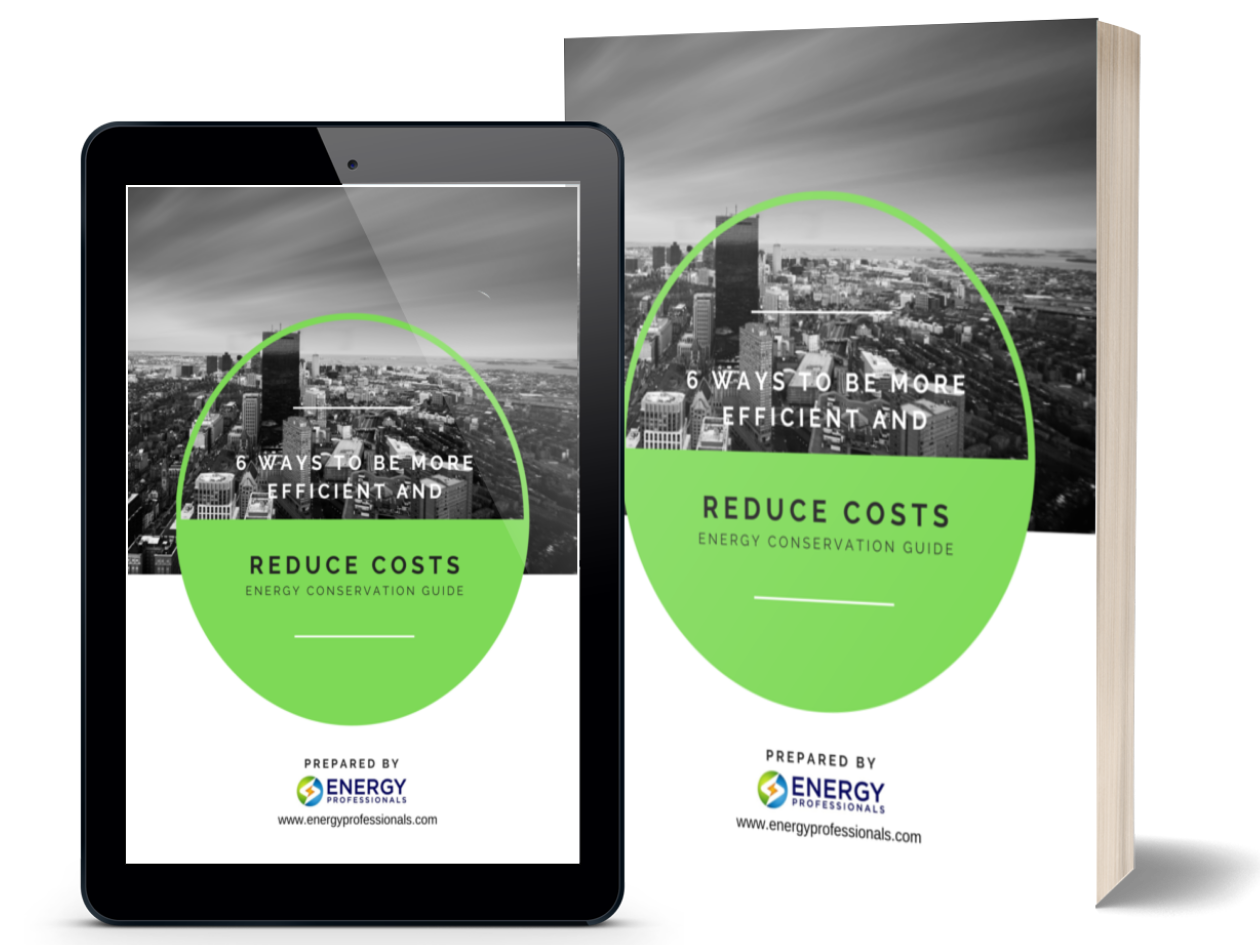Natural Gas Residing in Spring Shoulder Buy Zone?
The Apr 10th Energy Update pointed out since 2000, Natural Gas has been above today’s prices more than 96% of

The Apr 10th Energy Update pointed out since 2000, Natural Gas has been above today’s prices more than 96% of
The Apr 10th Energy Update pointed out since 2000, Natural Gas has been above today’s prices more than 96% of the time, which is why it is understandable in the 4 previous instances when prices declined to near present levels, they were always much higher the following 36 months.
The question is do we have additional empirical data to help us determine when to enter our Natural Gas and Electricity hedges? Today’s report will discuss additional empirical data, which has helped hedgers in the past time their entry into Natural Gas and Electricity hedges.
The price of Natural Gas often follows a seasonal pattern in which it tends to be lower during the Spring and Fall, often referred to as Shoulder Periods prior to higher prices in the Summer and Winter.
Conceptionally it is easy to understand why!
Natural Gas tends to be lower in the Spring and Fall between the Winter Heating and Summer Cooling seasons when demand is lower than in the Summer and Winter when demand is much higher. And this pattern is especially accurate when the Spring or Fall lows occur near historically low prices. For example, since 2000, Natural Gas has declined to near today’s unsustainably low prices 4 times; and in each case the final lows were attained either in the Spring or Fall:
Why were prices that low unsustainable?
They were unsustainable because they were below the cost of production, and companies were no longer profitable near those low prices; therefore, the. weaker companies did not survive, and those who did survive were highly motivated to decrease production so they could recoup lost revenue by raising prices.
Therefore, even though we experienced a warmer than normal Winter this year and closed the Winter Heating Season with Natural Gas supplies 19.5% above the 5-year average, it is highly unlikely we will remain near today’s low prices very long, and this year’s low will likely occur during this year’s Spring Shoulder period.
Why will this year’s low likely occur during the Spring Shoulder period?
To answer this question, we will again use history as our guide. Since 2000, in 2012, 2016 and 2020 when Natural Gas declined to near present levels during the Spring Shoulder period, the Spring lows were the lowest price of the year. And it should also be noted that in those 3 cases they had experienced warmer than normal winters, and closed their Winter Heating Seasons with supplies higher than this year.
The classic example is 2012!
The Winter of 2011/12 was the warmest in 100 years, and we closed the Winter Heating Season with 2.479 Bcf in storage, which was 35.5% higher than this year’s closing Winter storage level of 1,830 Bcf. Also, in 2012 fracking had become the dominant production source of Natural Gas resulting in the largest yearly increase of production in history. One might have argued in the spring of 2012 that although prices were very low, they could not increase substantially due to the production increases anticipated in 2012 from fracking.
But in 2012, after briefly trading below $2.00 per MMBtu, prices sharply increased!
Anyone who hesitated to take advantage of the 2012 spring low paid dearly by the end of the year. There are times when a commodity increases simply because it is just too darn low!
This year we closed the Winter Heating Season with much lower supplies than 2012, and our present administration’s green energy policies make it highly unlikely similar to 2012, we will experience the largest yearly increase of production in history; therefore, if you have not already locked in today’s low rates, hopefully you will not repeat the mistake of those who hesitated in 2012. The upside risk is too great to justify waiting hoping for slightly lower prices.
Not every client’s risk tolerance and hedging strategy are the same, but the above report will help you put into perspective the risk/reward opportunities. I invite you to call one of our energy analysts to help you plan a hedging strategy appropriate for your situation.
Ray Franklin
Energy Professionals
Senior Commodity Analyst


Don't have one? You can get one by calling us at 855-4-PKIOSK.
Energy Professionals is committed to finding its customers the best possible rates on electricity and natural gas. Tell us your location and service type and our energy manager will connect you to the most competitive offers.
Switching to an alternate supplier is easy. There is no chance of service disruption, and you'll continue with your current utility for energy delivery and emergency service. Take a few minutes to discover your best offers, and enjoy the benefits of retail energy in your home or business.
1. Energy Type
2. Service Type
3. Zip Code
4.Local Company
5.Zone
We believe that knowledge is power. Here’s a free e-book that provides business solutions to reducing energy costs.
Download E-Book Free Energy Audit




